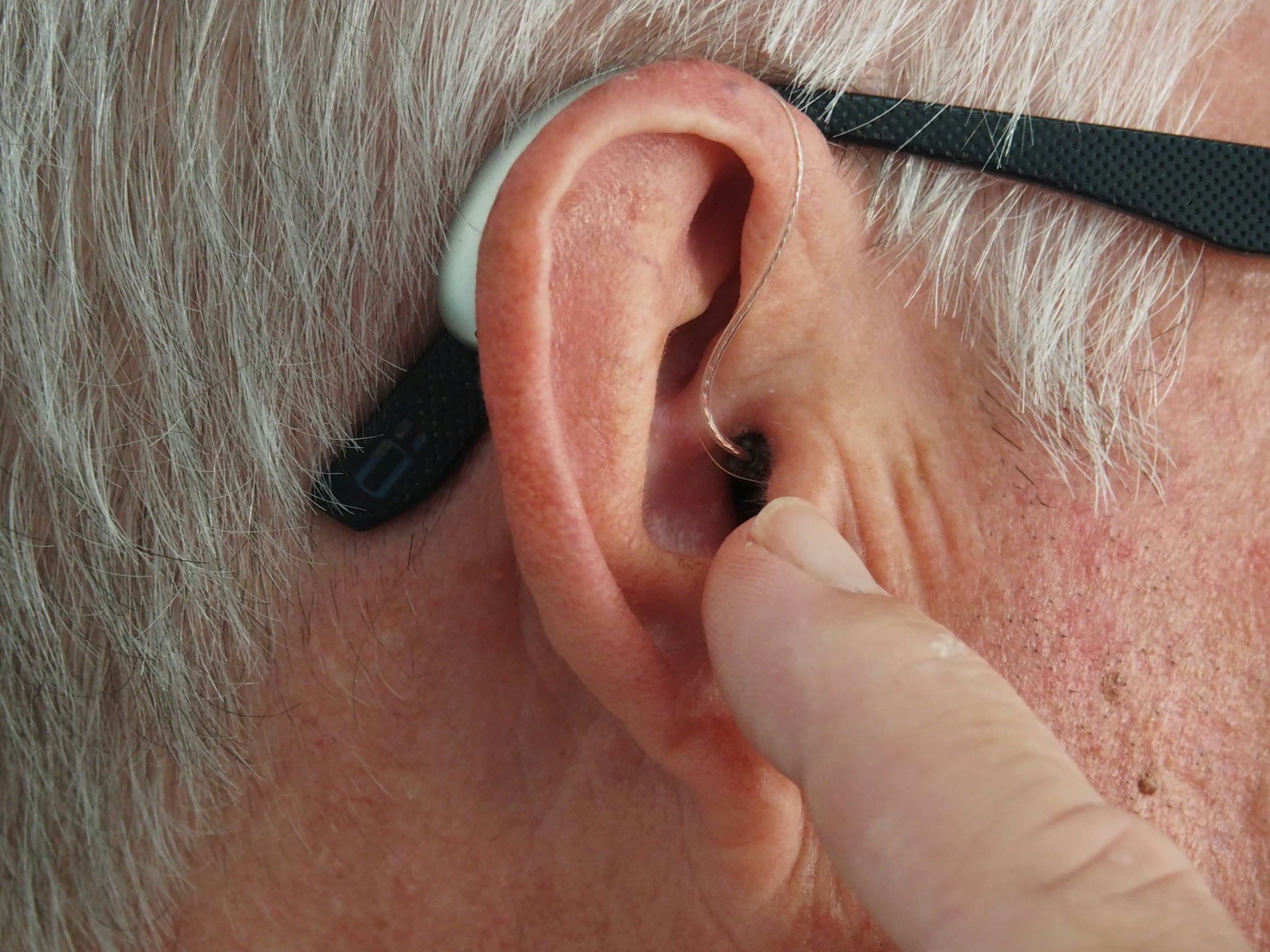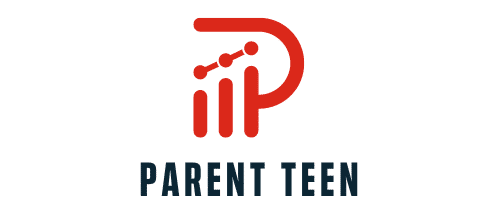How Can Deep Learning Techniques Advance Real-Time Language Interpretation for Deaf Individuals?

In the realm of artificial intelligence, deep learning has opened up entirely new vistas of possibility. One such area of application is real-time language interpretation for deaf individuals. The integration of deep learning models with sign language recognition systems has the potential to revolutionize communication access for the deaf community. But how does this technology work, and what are the necessary steps involved in bringing this innovative concept to life? Let’s delve into the intricacies of this fascinating intersection between technology and language learning.
Leveraging Deep Learning for Sign Language Recognition
Imagine the world where communication barriers cease to exist for deaf individuals. This world is not far-fetched but achievable with the application of deep learning technology in sign language recognition. Deep learning, a subfield of machine learning, employs neural networks with multiple layers – these are the so-called “deep” structures that allow for learning directly from data.
Also read : How Are Contactless Biometric Systems Improving Security and Hygiene in Public Spaces?
The objective of a deep learning model is to learn the intricate structures within large datasets. As it applies to sign language recognition, the model is trained to recognize and interpret the gestures and signs used in sign language from video or live feed data. The system absorbs information from thousands of hand gestures, learning to identify patterns and make accurate predictions about what each sign means.
The use of technology to facilitate communication for deaf people is not entirely new. Traditional systems rely on sensors or gloves fitted with sensors to detect hand motions and then translate those into speech or text. However, these systems often fall short in terms of accuracy and convenience. On the other hand, a deep learning-based model for sign language recognition offers a more intuitive and user-friendly approach to deaf communication.
Also to discover : What Are the Advancements in OLED Display Technology for Smartphones?
Training the Model: The Power of Data
A deep learning model is only as good as the data it’s trained on. To function effectively, such a system requires extensive, high-quality datasets featuring a wide variety of sign language gestures. Once these datasets are in place, the model can be trained to recognize and interpret these gestures accurately.
These models are trained through a process known as supervised learning. This entails feeding the model a large number of examples, each consisting of an input (the sign) and the correct output (the meaning of the sign). Over time, the model learns to recognize patterns in the data and can then use this knowledge to interpret new data accurately.
For example, a deep learning model might be trained with thousands of images or video clips of the sign for "apple". Over time, the model learns to recognize this sign, regardless of who is signing or what angle the sign is viewed from.
Training a deep learning model for sign language interpretation is a complex task requiring expert knowledge in machine learning and data science. But the benefits are potentially immense, providing deaf individuals with a seamless, real-time solution for communication.
Google’s Role in Facilitating Real-time Sign Language Interpretation
Leading tech giant Google has been at the forefront of the initiative to improve communication access for deaf individuals. Leveraging its expertise in machine learning and data science, Google has developed a deep learning-based system for real-time sign language recognition.
The system, named "Sign Language Transformer," incorporates a 3D pose estimation model that predicts 3D hand, face, and body pose based on input from multiple cameras. The model is then trained using a large dataset of sign language videos, allowing it to learn and recognize a wide variety of sign language gestures.
The Sign Language Transformer is a great example of how technology can be leveraged to improve the lives of people with hearing impairments. It represents a significant step forward in accessibility and inclusion, bringing us closer to a world where everyone can communicate freely, regardless of physical abilities.
Challenges and Future Prospects
Despite the promise held by deep learning models for sign language recognition, various challenges persist. One such challenge is the diversity inherent in sign language – with various dialects and regional variations, training a model that can accurately interpret a broad range of signs is a daunting task.
Moreover, the creation of comprehensive and varied datasets for training is both time-consuming and resource-intensive. Furthermore, ensuring the privacy and confidentiality of deaf individuals while gathering data for training is also a critical concern.
However, these challenges are not insurmountable. With continual advancements in technology and an increasing focus on creating inclusive digital spaces, the future of sign language recognition using deep learning models is bright. It’s a transformative step towards improving the quality of life for the deaf community, opening up new avenues for communication and interaction.
The intersection of artificial intelligence and sign language interpretation holds immense potential for societal impact. By combining the power of deep learning with the subtleties of human communication, we can look forward to a future where technology serves as a bridge, rather than a barrier, to understanding and inclusion. A world where deaf people have equal access to communication is within our grasp – let’s reach for it.
Deep Learning for Sign Language: Limitations and Challenges
While the potential of deep learning for sign language recognition is immense, certain limitations and challenges should also be addressed. Sign language is not universal – there are numerous dialects and regional variations worldwide, making it a complex task to create a model that can accurately interpret a broad range of signs. Additionally, sign language involves more than just hand gestures; facial expressions and body language are equally important, adding another layer of complexity to the task.
Creating large and varied datasets for training these models is also a challenge. It requires a significant amount of time, effort, and resources to gather and process such data. Additionally, ensuring the privacy and confidentiality of the deaf community while collecting data for training is a critical concern that requires careful attention.
Despite the availability of large-scale public datasets for American Sign Language (ASL), the majority is still in 2D. Integrating 3D spatial data is necessary for a more accurate and comprehensive recognition system. Moreover, real-time interpretation would require the model to process and interpret signs at a fast pace, calling for advanced computational capabilities.
Future Prospects: A World of Inclusive Communication
Despite these challenges, the future of sign language recognition using deep learning techniques remains promising. The continuous advancements in technology coupled with a growing focus on creating inclusive digital spaces have paved the way for significant progress in this field.
Google Scholar has already shown how machine learning can be used to create a more inclusive world with its "Sign Language Transformer", and other tech giants are likely to follow suit. By leveraging deep learning, computer vision, and massive datasets, these technologies can deliver real-time, accurate sign language interpretation, drastically improving the quality of life for the hard of hearing and deaf individuals.
The ongoing research in this area is not just about improving the training and testing accuracy of these models, but also about understanding the requirements and challenges faced by the deaf and hard of hearing community. This ensures the development of solutions that are not just technologically advanced, but also practical and user-friendly.
In conclusion, the intersection of deep learning and sign language interpretation holds significant potential. It represents a transformative step towards a more inclusive and accessible world. The power of deep learning and real-time language interpretation could serve as a bridge, rather than a barrier, to understanding and inclusion. It’s a vision of a future where everyone, regardless of their physical abilities, has equal access to communication. This future is within reach – a testament to the possibilities that lie at the intersection of technology and human spirit.
